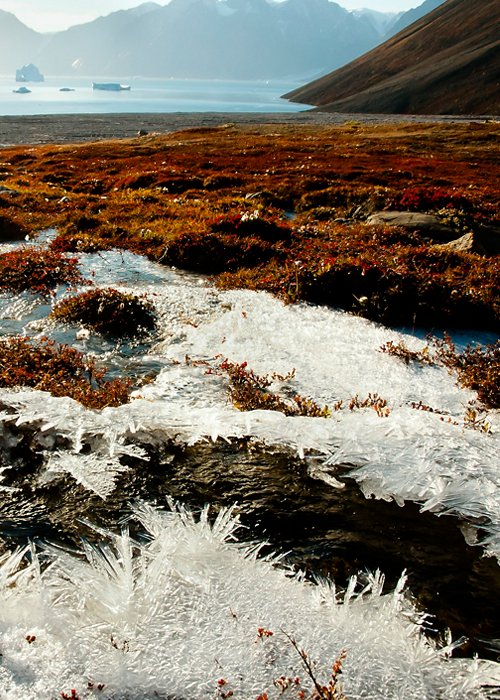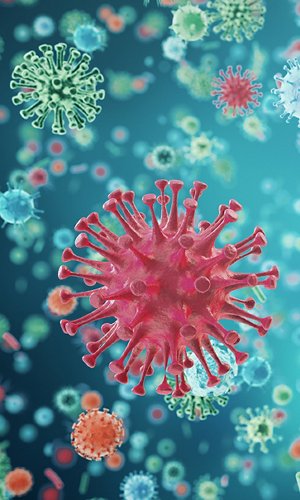Over the past 10 years, warming in the Arctic has exceeded predictions and has increased at a rate four times faster than anywhere else on the planet. The consequences of such a major temperature increase are obvious: it melts and fragments glaciers and melts the permafrost. Permafrost is the completely and perpetually frozen ground that covers as much as 24% of the earth's surface. It is a vast block of ice and organic material that has preserved the remains of plants, animals and micro-organisms for tens of thousands of years: like a giant freezer. Even bodies of mammoths, wolves and bears that lived in the past have emerged from the permafrost. And not only that, there are also unknown and potentially dangerous bacteria and viruses that global warming is releasing from its icy prison. Recently, Canadian researchers have demonstrated how, after thousands of years, some viruses are able to reactivate themselves and regain their former infectious capacity.





